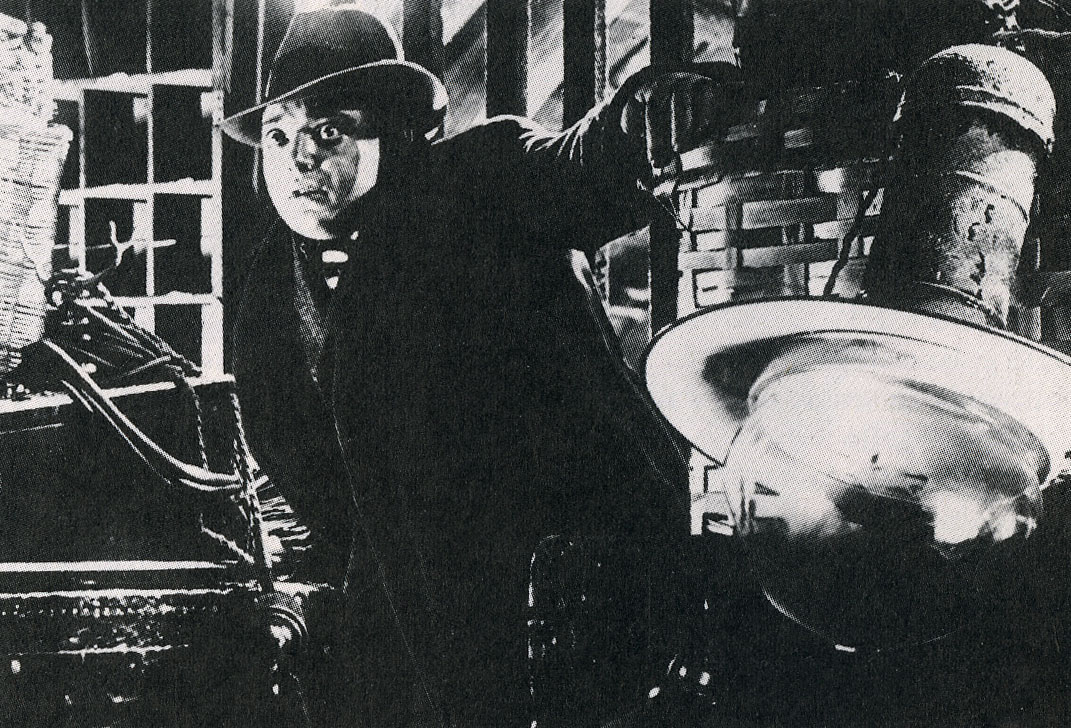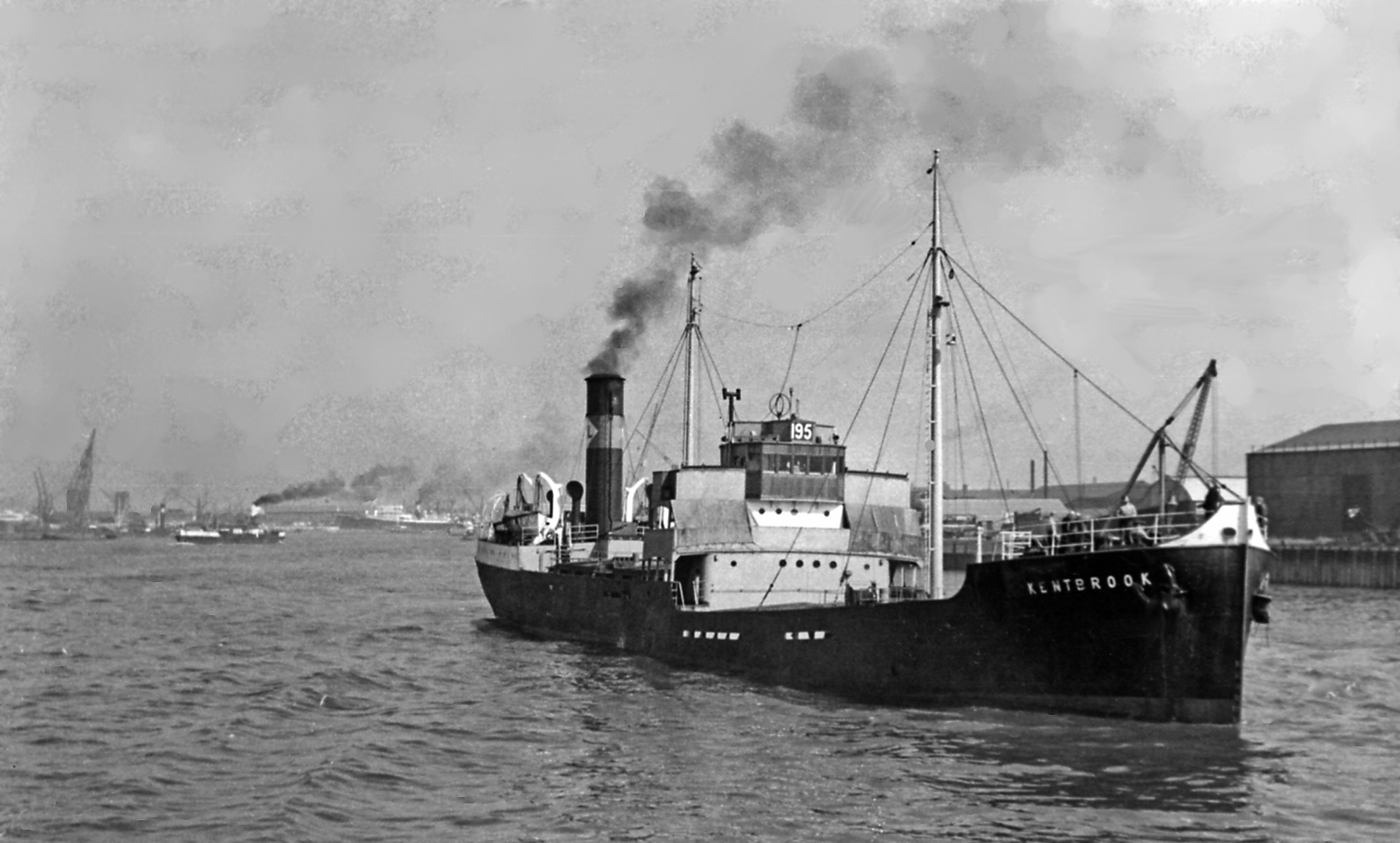|
Beat The Devil (1953 Film)
''Beat the Devil'' is a 1953 adventure comedy film directed by John Huston. It starred Humphrey Bogart, Jennifer Jones, and Gina Lollobrigida and featured Robert Morley, Peter Lorre, and Bernard Lee. Huston and Truman Capote wrote the screenplay, loosely based upon the 1951 novel of the same name by British journalist Claud Cockburn writing under the pseudonym James Helvick. Huston made the film as a sort of loose parody of the 1941 film '' The Maltese Falcon'', which Huston directed and in which Bogart and Lorre appeared. Capote said, "John ustonand I decided to kid the story, to treat it as a parody. Instead of another ''Maltese Falcon'', we turned it into a... poofon this type of film." The script, written on a day-to-day basis as the film was shot, concerns the adventures of a motley crew of swindlers and ne'er-do-wells trying to claim land rich in uranium deposits in Kenya as they wait in a small Italian port to travel aboard a tramp steamer en route to Mombasa. Pl ... [...More Info...] [...Related Items...] OR: [Wikipedia] [Google] [Baidu] |
John Huston
John Marcellus Huston ( ; August 5, 1906 – August 28, 1987) was an American film director, screenwriter, actor and visual artist. He wrote the screenplays for most of the 37 feature films he directed, many of which are today considered classics, including '' The Maltese Falcon'' (1941), '' The Treasure of the Sierra Madre'' (1948), ''The Asphalt Jungle'' (1950), '' The African Queen'' (1951), '' The Misfits'' (1961), '' Fat City'' (1972), ''The Man Who Would Be King'' (1975) and ''Prizzi's Honor'' (1985). During his 46-year career, Huston received 15 Academy Award nominations, winning twice. He also directed both his father, Walter Huston, and daughter, Anjelica Huston, to Oscar wins. In his early years, Huston studied and worked as a fine art painter in Paris. He then moved to Mexico and began writing, first plays and short stories, and later working in Los Angeles as a Hollywood screenwriter, and was nominated for several Academy Awards writing for films directed by ... [...More Info...] [...Related Items...] OR: [Wikipedia] [Google] [Baidu] |
Peter Lorre
Peter Lorre (; born László Löwenstein, ; June 26, 1904 – March 23, 1964) was a Hungarian and American actor, first in Europe and later in the United States. He began his stage career in Vienna, in the Austro-Hungarian Empire, before moving to Germany where he worked first on the stage, then in film in Berlin in the late 1920s and early 1930s. Lorre caused an international sensation in the Weimar Republic-era film '' M'' (1931), directed by Fritz Lang, in which he portrayed a serial killer who preys on little girls. Of Jewish descent, Lorre left Germany after Adolf Hitler and the Nazi Party came to power. His second English-language film, following the multiple-language version of ''M'' (1931), was Alfred Hitchcock's '' The Man Who Knew Too Much'' (1934), made in the United Kingdom. Eventually settling in Hollywood, he later became a featured player in many Hollywood crime and mystery films. In his initial American films, '' Mad Love'' and ''Crime and Punishment'' (both 193 ... [...More Info...] [...Related Items...] OR: [Wikipedia] [Google] [Baidu] |
Scotland Yard
Scotland Yard (officially New Scotland Yard) is the headquarters of the Metropolitan Police, the territorial police force responsible for policing Greater London's 32 boroughs, but not the City of London, the square mile that forms London's historic and primary financial centre. Its name derives from the location of the original Metropolitan Police headquarters at 4 Whitehall Place, which also had an entrance on a street called Great Scotland Yard. The Scotland Yard entrance became the public entrance, and over time "Scotland Yard" has come to be used not only as the name of the headquarters building, but also as a metonym for both the Metropolitan Police Service itself and police officers, especially detectives, who serve in it. ''The New York Times'' wrote in 1964 that, just as Wall Street gave its name to New York's financial district, Scotland Yard became the name for police activity in London. The force moved from Great Scotland Yard in 1890, to a newly completed build ... [...More Info...] [...Related Items...] OR: [Wikipedia] [Google] [Baidu] |
Rita Hayworth
Rita Hayworth (born Margarita Carmen Cansino; October 17, 1918May 14, 1987) was an American actress, dancer and producer. She achieved fame during the 1940s as one of the era's top stars, appearing in 61 films over 37 years. The press coined the term "The Love Goddess" to describe Hayworth after she had become the most glamorous screen idol of the 1940s. She was the top pin-up girl for GIs during World War II. Hayworth is perhaps best known for her performance in the 1946 film noir ''Gilda'', opposite Glenn Ford, in which she played the '' femme fatale'' in her first major dramatic role. She is also known for her performances in ''Only Angels Have Wings'' (1939), ''The Strawberry Blonde'' (1941), '' Blood and Sand'' (1941), ''The Lady from Shanghai'' (1947), '' Pal Joey'' (1957), and ''Separate Tables'' (1958). Fred Astaire, with whom she made two films, ''You'll Never Get Rich'' (1941) and ''You Were Never Lovelier'' (1942), once called her his favorite dance partner. She also ... [...More Info...] [...Related Items...] OR: [Wikipedia] [Google] [Baidu] |
Beat The Devil (1953)
''Beat the Devil'' may refer to: * ''Beat the Devil'' (novel), a 1951 thriller written by Claud Cockburn * ''Beat the Devil'' (film), a 1953 film directed by John Huston * ''Beat the Devil'', a 2002 short film in ''The Hire'' series, starring James Brown and Gary Oldman * ''Beat the Devil'' (play), a 2020 book, monologue play, and film written by David Hare {{disambiguation ... [...More Info...] [...Related Items...] OR: [Wikipedia] [Google] [Baidu] |
British East Africa
East Africa Protectorate (also known as British East Africa) was an area in the African Great Lakes occupying roughly the same terrain as present-day Kenya from the Indian Ocean inland to the border with Uganda in the west. Controlled by Britain in the late 19th century, it grew out of British commercial interests in the area in the 1880s and remained a protectorate until 1920 when it became the Colony of Kenya, save for an independent coastal strip that became the Kenya Protectorate.Kenya Protectorate Order in Council, 1920 S.R.O. 1920 No. 2343, S.R.O. & S.I. Rev. VIII, 258, State Pp., Vol. 87 p. 968 Administration European missionaries began settling in the area from Mombasa to Mount Kilimanjaro in the 1840s, nominally under the protection of the Sultanate of Zanzibar. In 1886, the British government encouraged William Mackinnon, who already had an agreement with the Sultan and whose shipping company traded extensively in the African Great Lakes, to establish British inf ... [...More Info...] [...Related Items...] OR: [Wikipedia] [Google] [Baidu] |
Mombasa
Mombasa ( ; ) is a coastal city in southeastern Kenya along the Indian Ocean. It was the first capital of the British East Africa, before Nairobi was elevated to capital city status. It now serves as the capital of Mombasa County. The town is known as "the white and blue city" in Kenya. It is the country's oldest (circa 900 AD) and second-largest List of cities in Kenya, cityThe World Factbook . Cia.gov. Retrieved on 17 August 2013. after the capital Nairobi, with a population of about 1,208,333 people according to the 2019 census. Its metropolitan region is the second-largest in the country, and has a population of 3,528,940 people. Mombasa's location on the Indian Ocean made it a historical trading centre, and it has been controlled by ma ... [...More Info...] [...Related Items...] OR: [Wikipedia] [Google] [Baidu] |
Tramp Steamer
A boat or ship engaged in the tramp trade is one which does not have a fixed schedule, itinerary nor published ports of call, and trades on the spot market as opposed to freight liners. A steamship engaged in the tramp trade is sometimes called a tramp steamer; similar terms, such as tramp freighter and tramper, are also used. Chartering is done chiefly on London, New York, and Singapore shipbroking exchanges. The Baltic Exchange serves as a type of stock market index for the trade. The term tramper is derived from the British meaning of "tramp," as being an itinerant beggar or vagrant. In this context, it was first documented in the 1880s, along with "ocean tramp" (at the time many sailing vessels engaged in irregular trade as well). History The tramp trade first took off in Britain around the mid-19th century. The dependability and timeliness of steam ships was found to be more cost-effective than sail. Coal was needed for ships' boilers, and the demand created a business ... [...More Info...] [...Related Items...] OR: [Wikipedia] [Google] [Baidu] |
Italy
Italy ( it, Italia ), officially the Italian Republic, ) or the Republic of Italy, is a country in Southern Europe. It is located in the middle of the Mediterranean Sea, and its territory largely coincides with the homonymous geographical region. Italy is also considered part of Western Europe, and shares land borders with France, Switzerland, Austria, Slovenia and the enclaved microstates of Vatican City and San Marino. It has a territorial exclave in Switzerland, Campione. Italy covers an area of , with a population of over 60 million. It is the third-most populous member state of the European Union, the sixth-most populous country in Europe, and the tenth-largest country in the continent by land area. Italy's capital and largest city is Rome. Italy was the native place of many civilizations such as the Italic peoples and the Etruscans, while due to its central geographic location in Southern Europe and the Mediterranean, the country has also historically been home ... [...More Info...] [...Related Items...] OR: [Wikipedia] [Google] [Baidu] |
Kenya
) , national_anthem = "Ee Mungu Nguvu Yetu"() , image_map = , map_caption = , image_map2 = , capital = Nairobi , coordinates = , largest_city = Nairobi , official_languages = Constitution (2009) Art. 7 ational, official and other languages"(1) The national language of the Republic is Swahili. (2) The official languages of the Republic are Swahili and English. (3) The State shall–-–- (a) promote and protect the diversity of language of the people of Kenya; and (b) promote the development and use of indigenous languages, Kenyan Sign language, Braille and other communication formats and technologies accessible to persons with disabilities." , languages_type = National language , languages = Swahili , ethnic_groups = , ethnic_groups_year = 2019 census , religion = , religion_year = 2019 census , demonym = ... [...More Info...] [...Related Items...] OR: [Wikipedia] [Google] [Baidu] |
Uranium
Uranium is a chemical element with the symbol U and atomic number 92. It is a silvery-grey metal in the actinide series of the periodic table. A uranium atom has 92 protons and 92 electrons, of which 6 are valence electrons. Uranium is weakly radioactive because all isotopes of uranium are unstable; the half-lives of its naturally occurring isotopes range between 159,200 years and 4.5 billion years. The most common isotopes in natural uranium are uranium-238 (which has 146 neutrons and accounts for over 99% of uranium on Earth) and uranium-235 (which has 143 neutrons). Uranium has the highest atomic weight of the primordially occurring elements. Its density is about 70% higher than that of lead, and slightly lower than that of gold or tungsten. It occurs naturally in low concentrations of a few parts per million in soil, rock and water, and is commercially extracted from uranium-bearing minerals such as uraninite. In nature, uranium is found as uranium-238 (99. ... [...More Info...] [...Related Items...] OR: [Wikipedia] [Google] [Baidu] |





